1. Understanding Universal Joints and Their Role
A universal joint (U-joint) is a critical component in your vehicle’s drivetrain, designed to transmit rotational power while allowing for angular movement between connected shafts. U-joints are typically found in rear-wheel drive vehicles, four-wheel drives, and some industrial machines. Their primary job is to compensate for changes in the angle between the input and output shafts as the vehicle moves.
However, frequent failure of U-joints is a common problem that can cause drivetrain issues, vibrations, and even safety risks. If you're dealing with repeated U-joint breakage, it's essential to understand why it happens and how to prevent it.
2. Common Causes of Universal Joint Failure
2.1 Lack of Proper Lubrication
One of the most frequent reasons a U-joint fails is inadequate lubrication. U-joints rely on grease to reduce friction and wear between their moving parts. Over time, the grease can break down, become contaminated, or leak out, leading to increased friction, which accelerates wear and eventually results in failure.
- Failure to grease U-joints at regular service intervals
- Damaged or faulty grease seals
- Use of low-quality grease that cannot withstand high temperatures and pressure
2.2 Excessive Load and Stress
Heavy loads and excessive stress on the drivetrain can cause U-joints to wear out quickly. If your vehicle is regularly carrying more weight than it's designed for or is involved in off-road driving, these factors can put tremendous strain on the U-joint, causing it to fail prematurely.
- Heavy towing or carrying a load that exceeds the vehicle's capacity
- Frequent off-road driving or high-impact maneuvers
2.3 Misalignment of the Driveshaft
U-joints are designed to operate within a specific range of motion. If the driveshaft is misaligned due to worn-out bearings, faulty installation, or structural issues, the U-joint can experience irregular forces, leading to premature failure.
- Worn or damaged support bearings
- Incorrect installation of driveshaft components
- Structural damage to the frame or suspension system
2.4 Corrosion and Contamination
Exposure to moisture, dirt, and road salts can lead to corrosion of the U-joint, which weakens the components and causes them to fail. Corrosion also makes it difficult to maintain proper lubrication, exacerbating the problem.
- Driving in salty or wet environments without proper maintenance
- Failure to clean U-joints after off-road use
3. Symptoms of a Failing Universal Joint
Recognizing the signs of a failing U-joint early can help prevent further damage to your vehicle’s drivetrain. Some of the most common symptoms include:
- Vibrations in the vehicle, especially at higher speeds
- Unusual noises such as clunking, popping, or squeaking from the drivetrain
- Difficulty steering or wobbling in the wheels
- Visible damage or play in the U-joint itself
4. How to Prevent Universal Joint Breakage
4.1 Regular Maintenance and Lubrication
Regular maintenance and lubrication are essential for preventing U-joint failure. Check the U-joint periodically for signs of wear or damage, and ensure it's properly greased at the recommended intervals. Using high-quality grease can also make a significant difference in the longevity of the U-joint.
4.2 Monitor Load and Driving Conditions
If your vehicle is used for heavy towing, off-roading, or other demanding tasks, consider reinforcing the drivetrain with stronger U-joints designed for high-stress applications. Avoid exceeding the manufacturer's recommended load capacity to reduce stress on the U-joint.
4.3 Proper Alignment and Installation
Ensure that your driveshaft and related components are properly aligned during installation or repair. Misalignment increases the stress on U-joints and can cause them to wear out faster. It’s also a good idea to replace worn bearings or bushings to ensure smooth operation.
4.4 Protect Against Corrosion
If you live in a region with heavy rainfall or use your vehicle off-road frequently, apply a protective coating to the U-joint to shield it from moisture and debris. Regular cleaning after off-road use can also help prevent buildup that leads to corrosion.
5. When to Replace a Universal Joint
If you’ve noticed symptoms of U-joint failure or discovered significant wear during maintenance, it’s important to replace the U-joint as soon as possible. Continuing to drive with a damaged U-joint can lead to further damage to the drivetrain, costly repairs, or even a breakdown.
Replacement is typically straightforward for those with experience working on vehicles. However, it’s recommended to have a professional mechanic handle it if you’re unsure. Replacing the U-joint before it fails can help avoid more extensive repairs down the line.

 English
English Español
Español 中文简体
中文简体

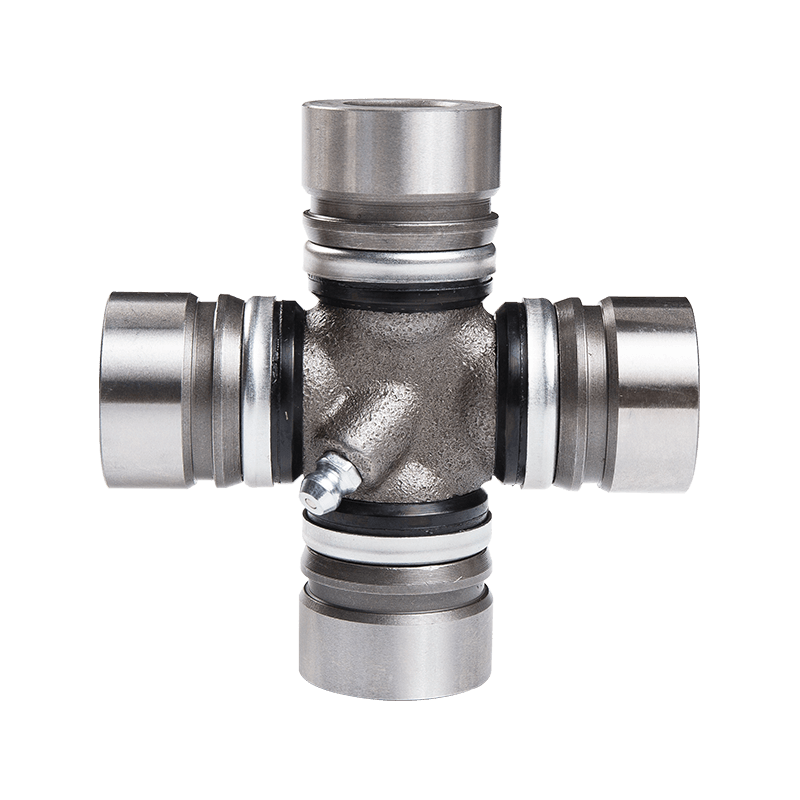
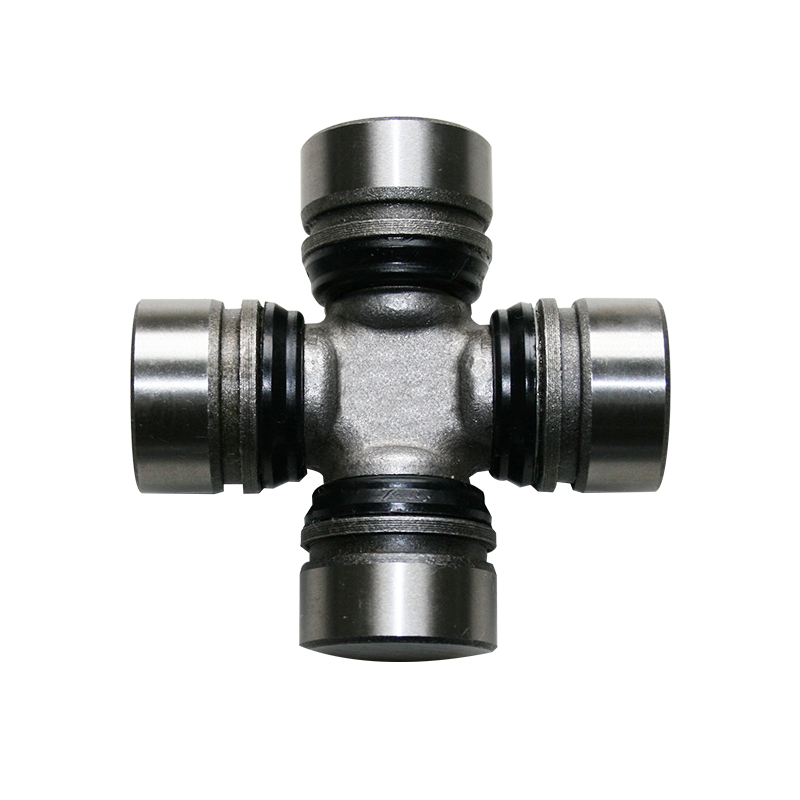
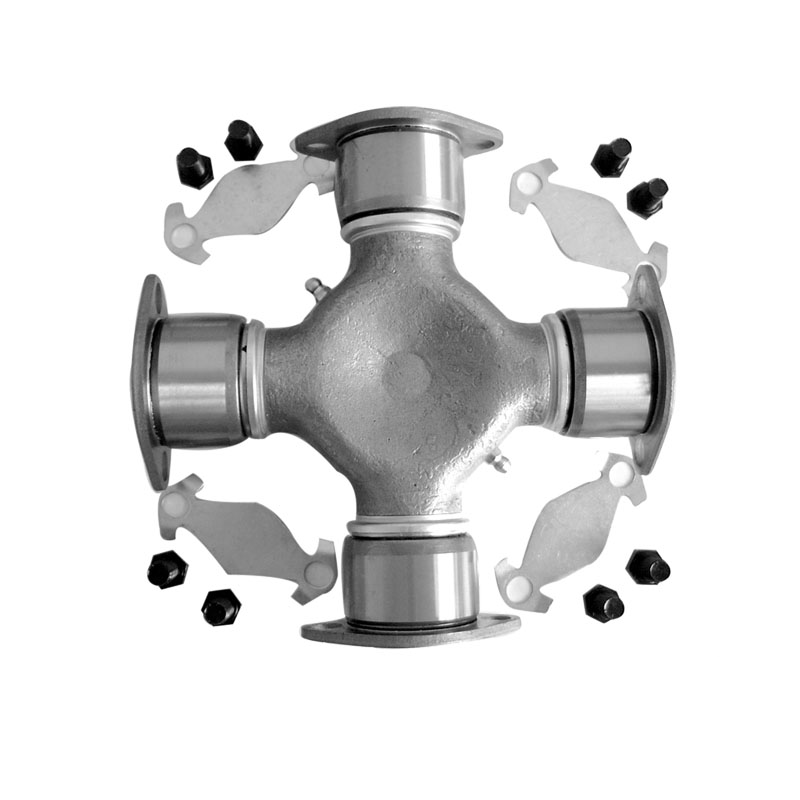
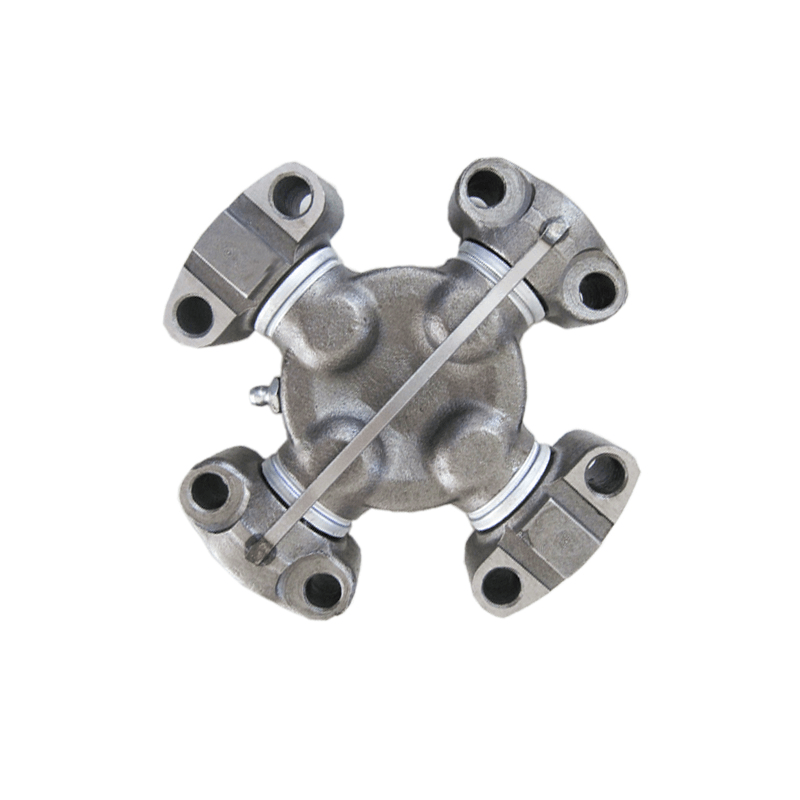
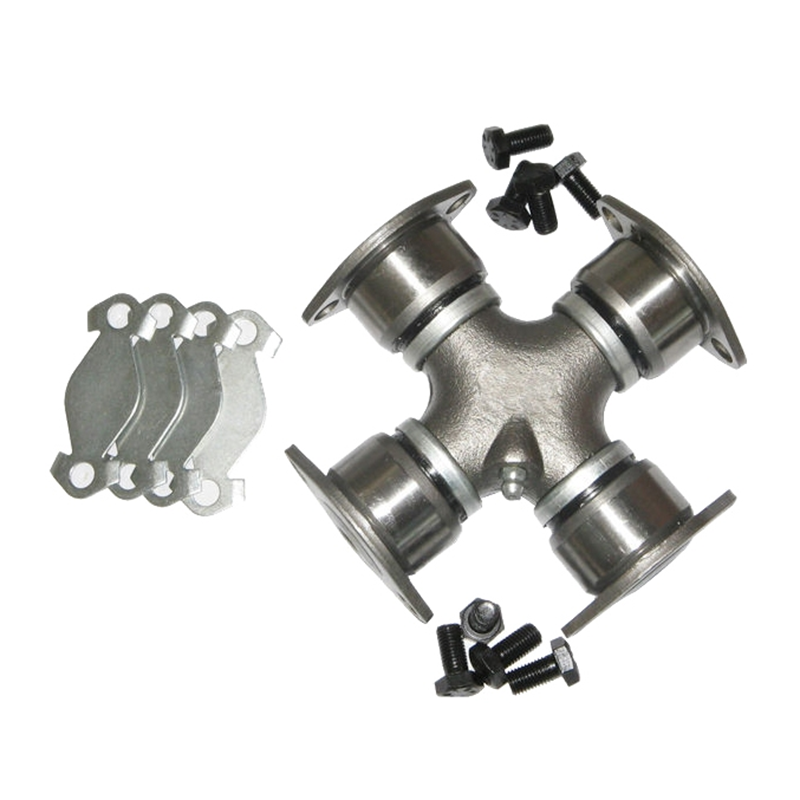
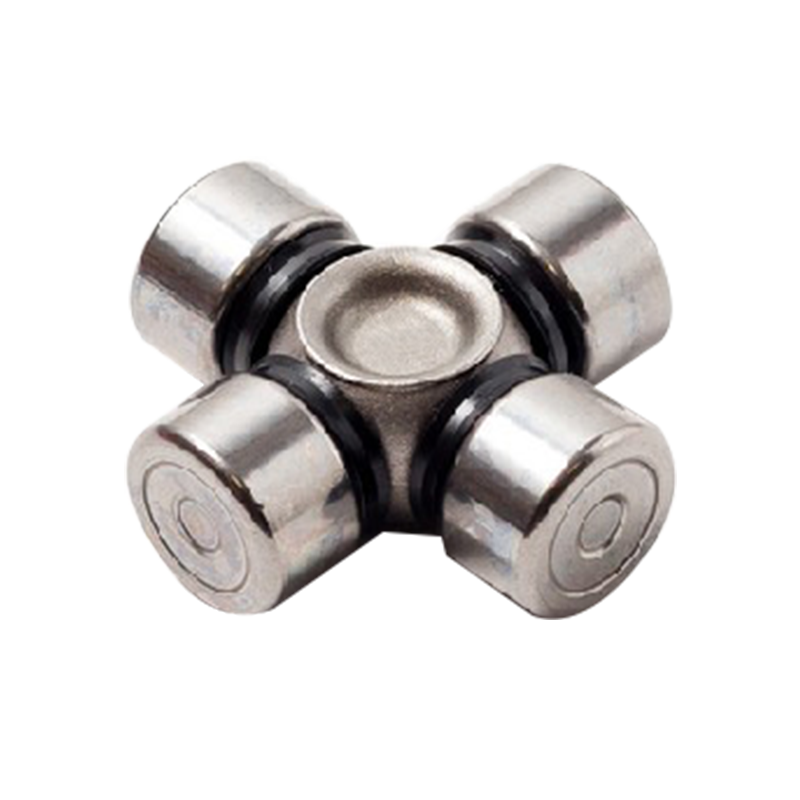
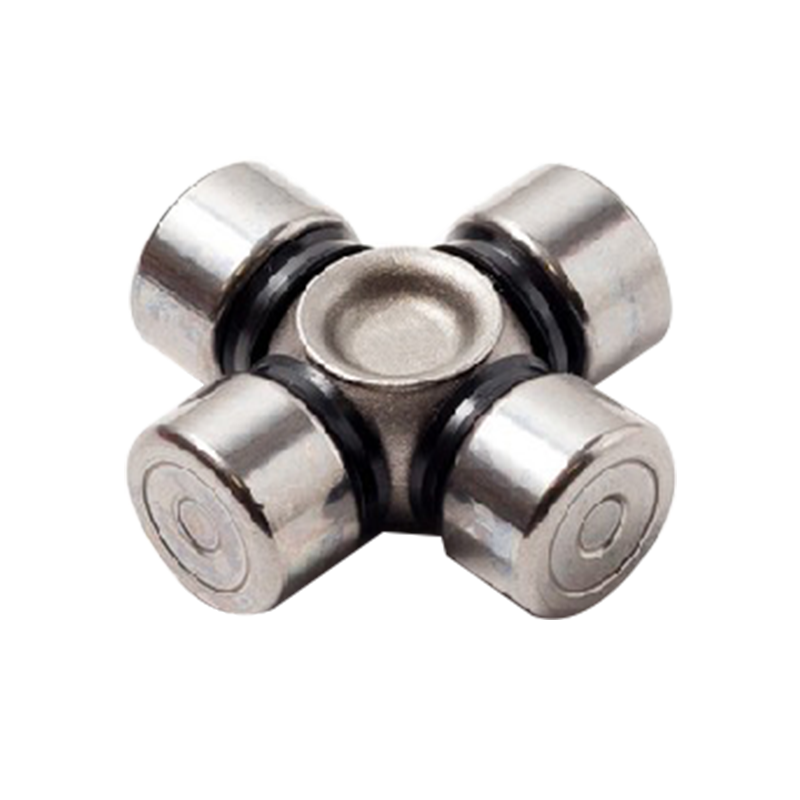
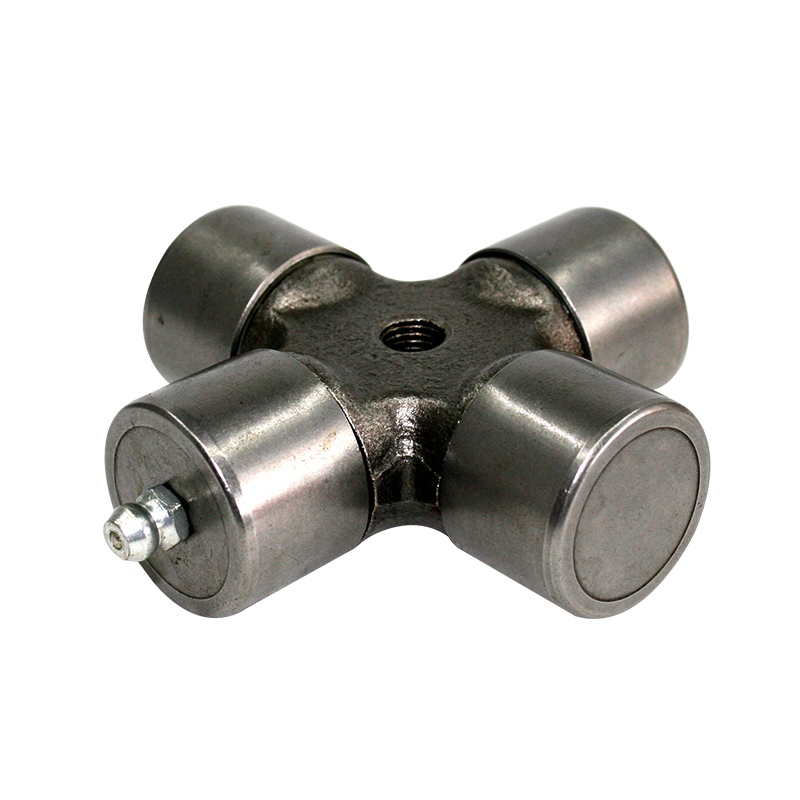
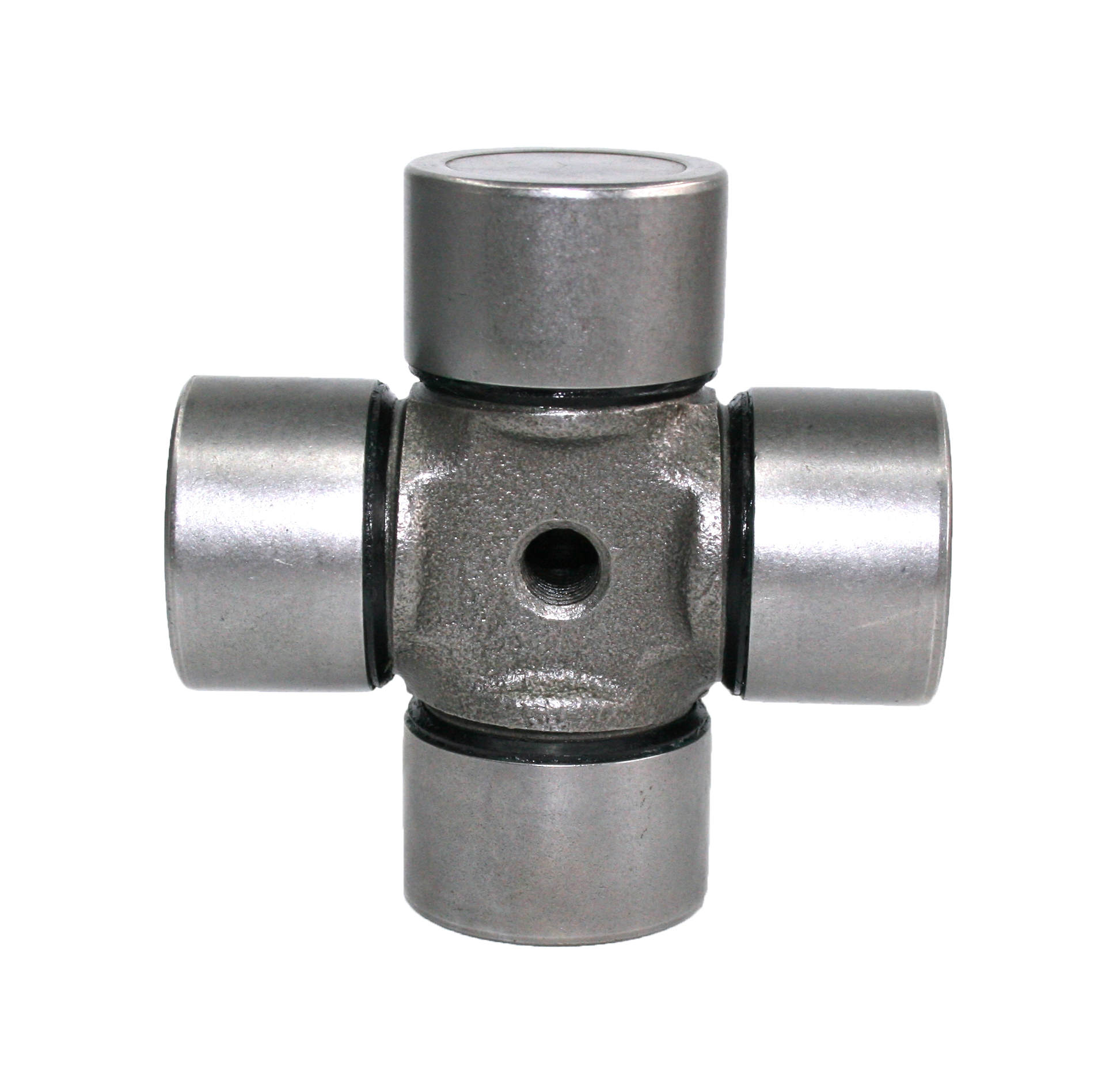
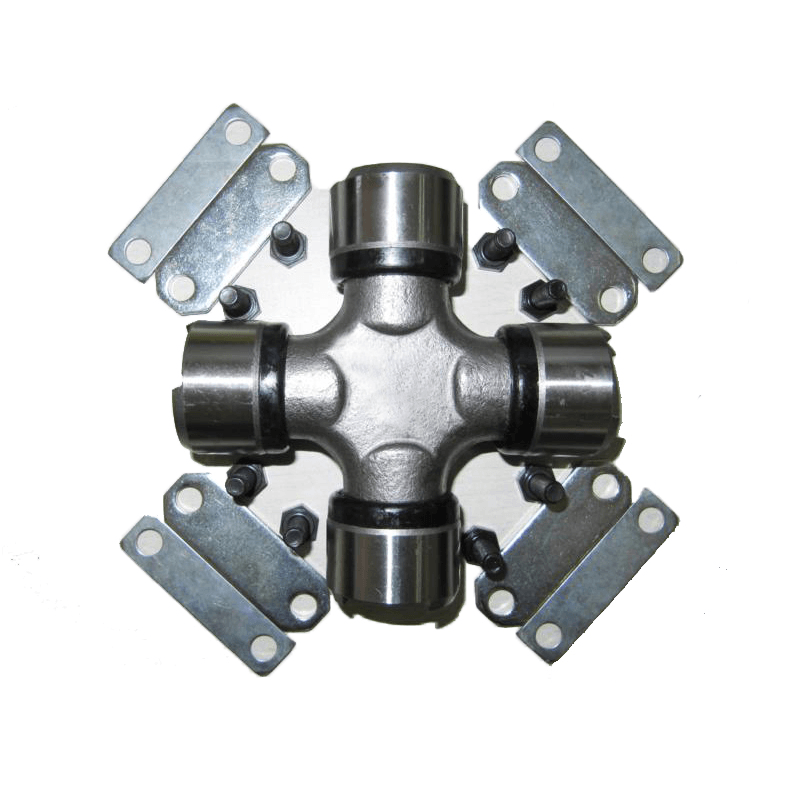
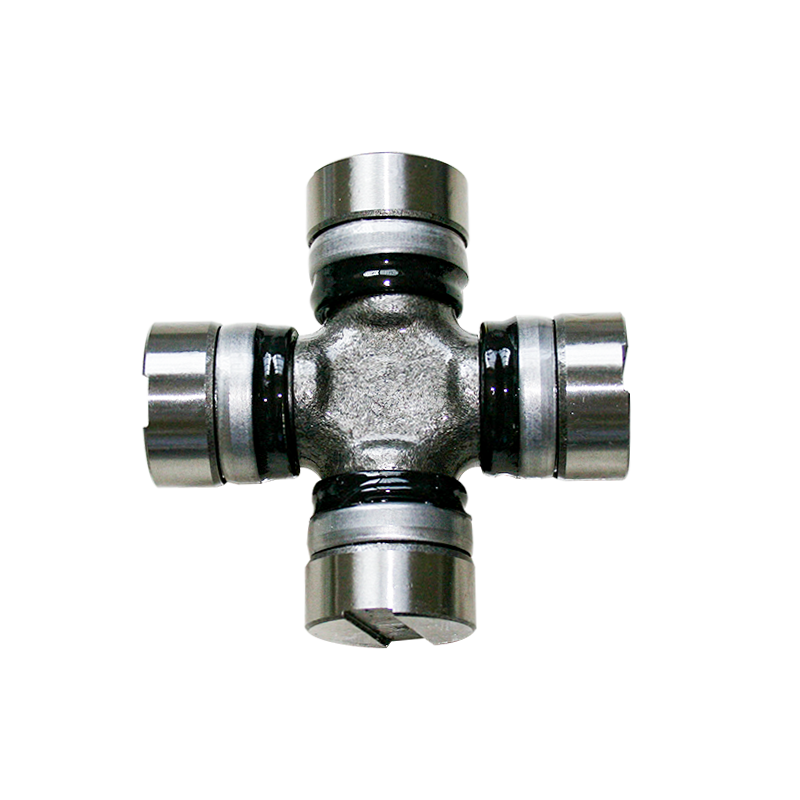

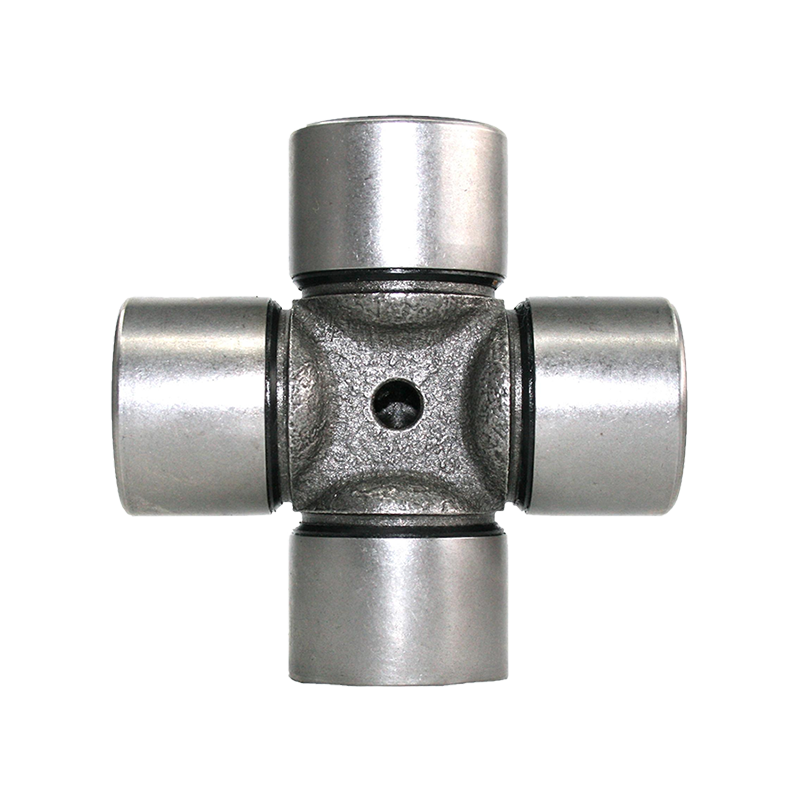
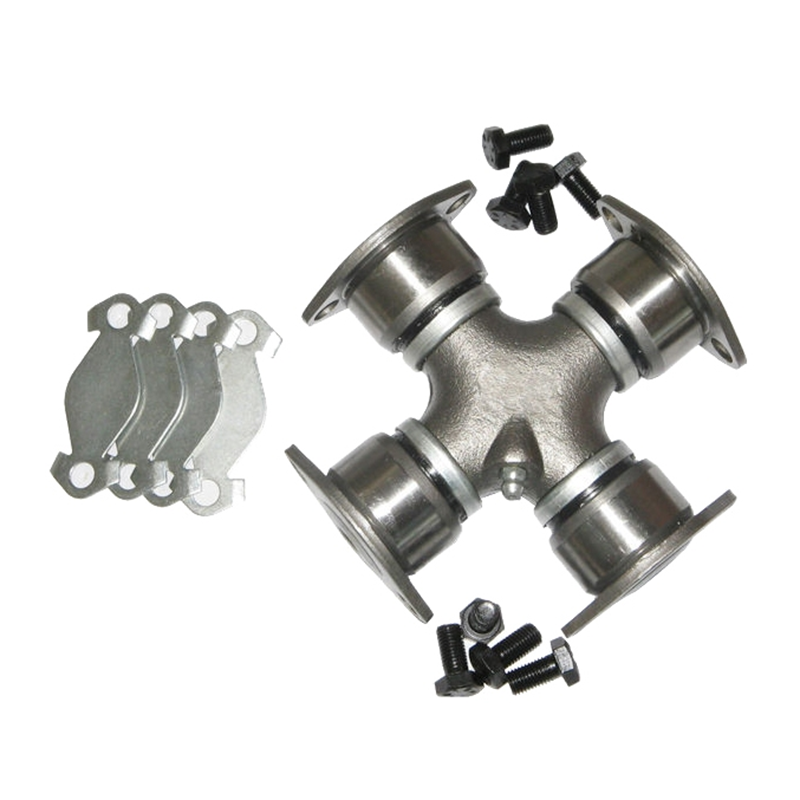


Contact Us